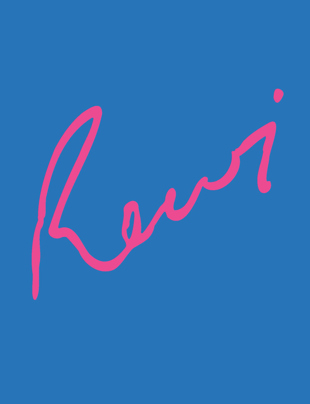In the seaside suburb of Kohimarama, Auckland, there’s a house that rises from the trees around it like an ancient Mayan temple: a giant stone-step pyramid. In the mid-1980s, when it was built, it made a bit of a splash.
“I know people hate my house,” wrote its designer, the architect Rewi Thompson, more than a decade later. He described it as a building with its eyes closed, as an embrace for his family, as a new word in the language of Auckland’s architecture—or perhaps a punctuation mark. The house wasn’t intended to be “aggressive”, he wrote, but it did reflect Auckland’s history of violence, cultural and geological.
Thompson was always reckoning with what places meant, and what kind of buildings best acknowledged those places. The results of this thinking are visible all around the North Island, visited and used by a wide range of New Zealanders.
If you’ve crossed the City to Sea bridge in Wellington, or walked through the gap in the fractured pyramid nearby (centre right), you’ve passed through a Rewi Thompson creation. If you’ve visited Cape Rēinga or stopped by the rugby clubrooms of Oriental Rongotai, if you’ve been incarcerated in Ngāwhā or hospitalised in Kaitaia, then you have experienced a Thompson space. He designed state houses in South Auckland, artist studios in West Auckland, a papakāinga/village of 30 homes for Auckland iwi Ngāti Whātua, and even, once, a pavilion for the Pope.
Born in 1954, Thompson grew up in Wellington, far from his Ngāti Raukawa and Ngāti Porou whānau. He trained as a civil and structural engineer, but colleagues encouraged him to go to architecture school, so he did, graduating from the University of Auckland in 1980. He established his own practice, and embarked immediately on a series of large public projects.
Rewi is as eclectic as its subject’s interests. There are essays from authors Jeremy Hansen and Jade Kake; transcripts of conversations with people who worked with Thompson; faxes and emails discussing projects; photographs, sketches, models, doodles, elevations, floor plans, a recipe for whitebait side-by-side with a drawing. The whole thing functions as a scrapbook, a collage, a work-in-progress, continuing the conversations that Thompson started.
Read the full interview here.


